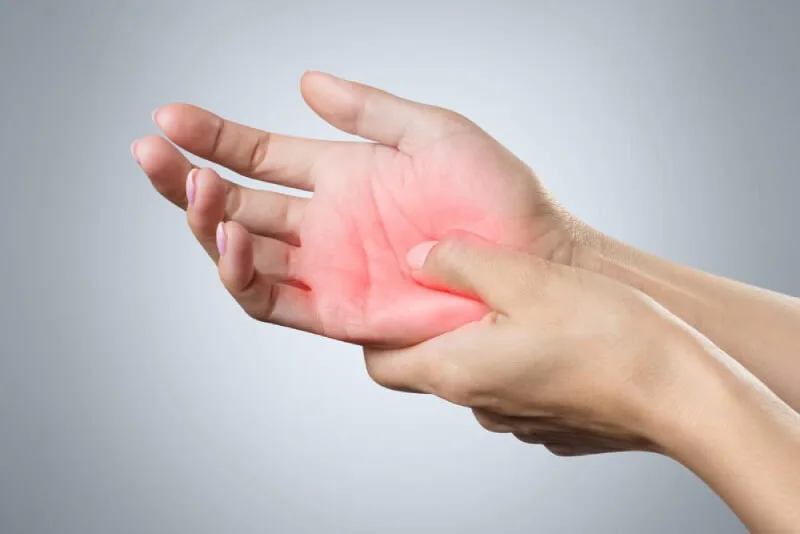The Connection Between Diabetes and Peripheral Neuropathy

About 50% of people with diabetes will eventually develop peripheral neuropathy. This condition affects the nerves outside your brain and spinal cord and most commonly impacts the feet and legs first.
At Spinal Diagnostics, we specialize in diagnosing and treating pain related to neuropathy, including diabetic peripheral neuropathy. Our team works closely with patients to help them manage symptoms and improve their quality of life.
Why does diabetes cause nerve damage?
When your blood sugar levels are high over a long period, the excess glucose can damage the blood vessels that supply your nerves. This reduces oxygen and nutrient flow, causing nerve fibers to degenerate. Additionally, high blood sugar can lead to inflammation and oxidative stress, further harming nerves.
People with diabetes who also have high cholesterol, high blood pressure, or who smoke are at greater risk for developing neuropathy.
Symptoms of diabetic peripheral neuropathy
Neuropathy symptoms typically begin in the feet and progress upward. They include:
- Numbness or reduced ability to feel pain or temperature changes
- Tingling or burning sensations
- Sharp, jabbing pain
- Extreme sensitivity to touch
- Loss of coordination and balance
- Muscle weakness
Because neuropathy can cause loss of sensation, it increases the risk of unnoticed injuries, infections, and complications — especially in the feet.
Treatment options for diabetic neuropathy
While there is no cure for peripheral neuropathy, there are many ways to manage and reduce symptoms. At Spinal Diagnostics, we may recommend:
- Blood sugar management through diet, exercise, and medications
- Pain-relieving medications such as anticonvulsants or antidepressants
- Topical treatments for localized pain
- Spinal cord stimulation or dorsal root ganglion (DRG) therapy
- Physical therapy to improve balance and mobility
Advanced neuromodulation treatments can be particularly effective for people who haven’t found relief with traditional approaches.
Get support for diabetic nerve pain
If you have diabetes and are experiencing symptoms like tingling, burning, or numbness in your limbs, don’t ignore them. Early diagnosis and treatment can help slow the progression of neuropathy and protect your long-term health.
Contact Spinal Diagnostics to schedule a consultation and find out how we can help you manage diabetic peripheral neuropathy and live more comfortably.


